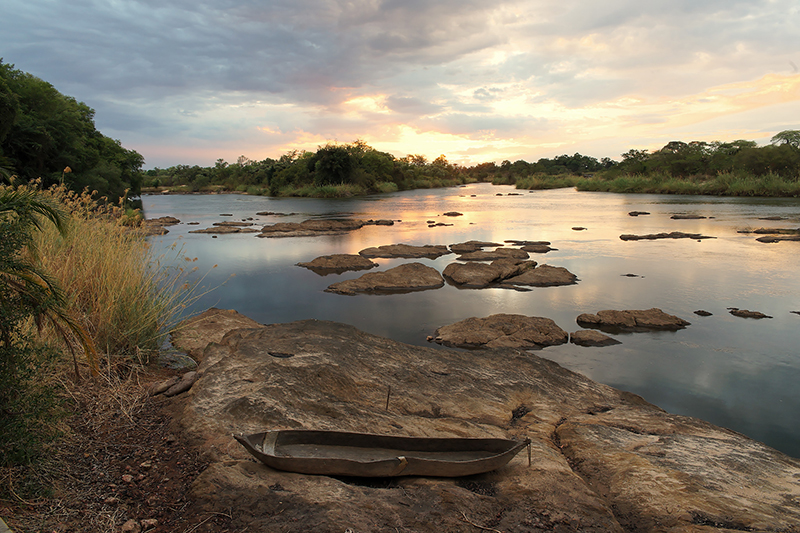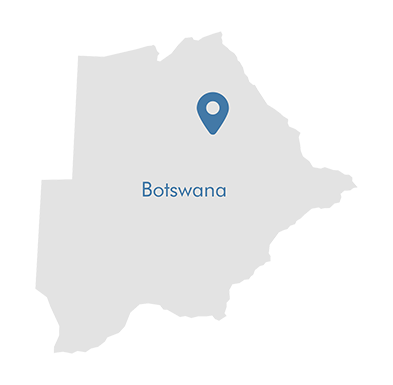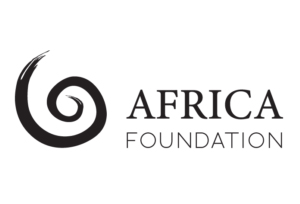BOTSWANA, AFRICA
Okavango Delta
The huge Okavango River after 1.600 km, drains into the Kalahari Desert to form the world famous Okavango Delta, where is vanishes without outlet to the sea. The Okavango Delta is located in Botswana, Southern Africa, and with an extension of 16.000 km², is the largest inland delta in the world. The shallow water areas have an average depth of 20 meters. The delta divides into four areas, which are very different in terms of ecology and flora. The lower parts of the Okavango River have permanent water. Adjacent swamps that are permanently flooded form the second zone with a mosaic of open water areas and floating islands. In the periphery of the delta, the delta dries out temporarily leading to seasonal marshes. Large islands inside the delta and sand tongues that reach the delta from the south are permanently dry.
What makes it special
The Okavango Delta is the largest inland delta in the world. Unlike typical river deltas that flow into oceans, the Okavango River empties into a desert, creating a maze of lagoons, channels, and islands.
Protection status
· Ramsar Sites 879 and 2193, Wetlands of International Importance
· UNESCO World Heritage Site
· Wildlife Management Areas - The Kwando and the Okavango Wildlife Management Areas
· Game Reserve - The Moremi Game Reserve
· National Park - Bwabwata National Park

Biodiversity
The size of the delta and the fact that the water level in the delta peaks at the same time as the dry season in the surrounding area means that an extremely diverse and dense fauna has colonized the area around the Okavango Delta. 71 species of fish, 33 species of amphibians, 64 species of reptiles, 444 species of birds and 122 species of mammals have been identified. Rare bird species such as Locust Finch, Black-cheeked Lovebird, White-backed Vulture and Chestnut-banded Plover live in the region. Also rare and threatened mammals live in the delta, such as African Wild Dog, Black Rhino, African Elephant, African Lion and Leopard. The Okavango Hinged Terrapin is an endemic turtle. Approx. 1.300 different plants species flourish in the whole delta area.

Local Communities
The Okavango Delta is home to five distinct ethnic groups with unique identities and languages: Hambukushu, Dceriku, Wayeyi, Bugakhwe, and ||anikhwe. Traditionally, the Hambukushu, Dceriku, and Wayeyi have sustained mixed economies involving millet/sorghum agriculture, fishing, hunting, gathering wild plant foods, and pastoralism. Growing population of both, people and protected wildlife, lead to increasing human-wildlife conflicts.
Threats
One potential environmental threat is oil exploration, with initial findings suggesting oil deposits in sedimentary rock. In addition, the Namibian government’s proposal to build a hydroelectric power station in the Zambezi region is causing concern among environmentalists, who fear that it could adversely affect the rich animal and plant life of the Okavango Delta. Other threats include local human encroachment and water abstraction in both Angola and Namibia. The Okavango basin is predicted to experience declining annual rainfall and rising temperatures as a result of global warming. The effects of global warming are likely to lead to a reduction in the extent of the Okavango Delta’s floodplains, which will have a significant impact on water availability as well as livestock and agricultural activities in the region.
Africa Foundation
www.africafoundation.org.za
contactus@africafoundation.org.za



